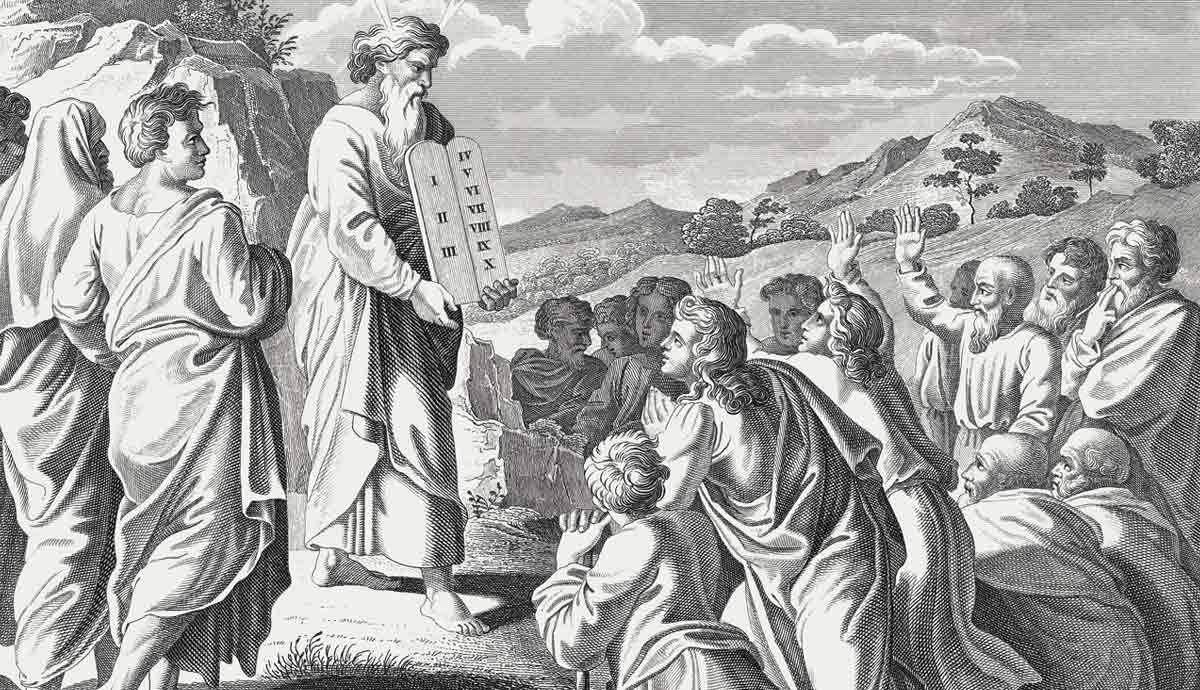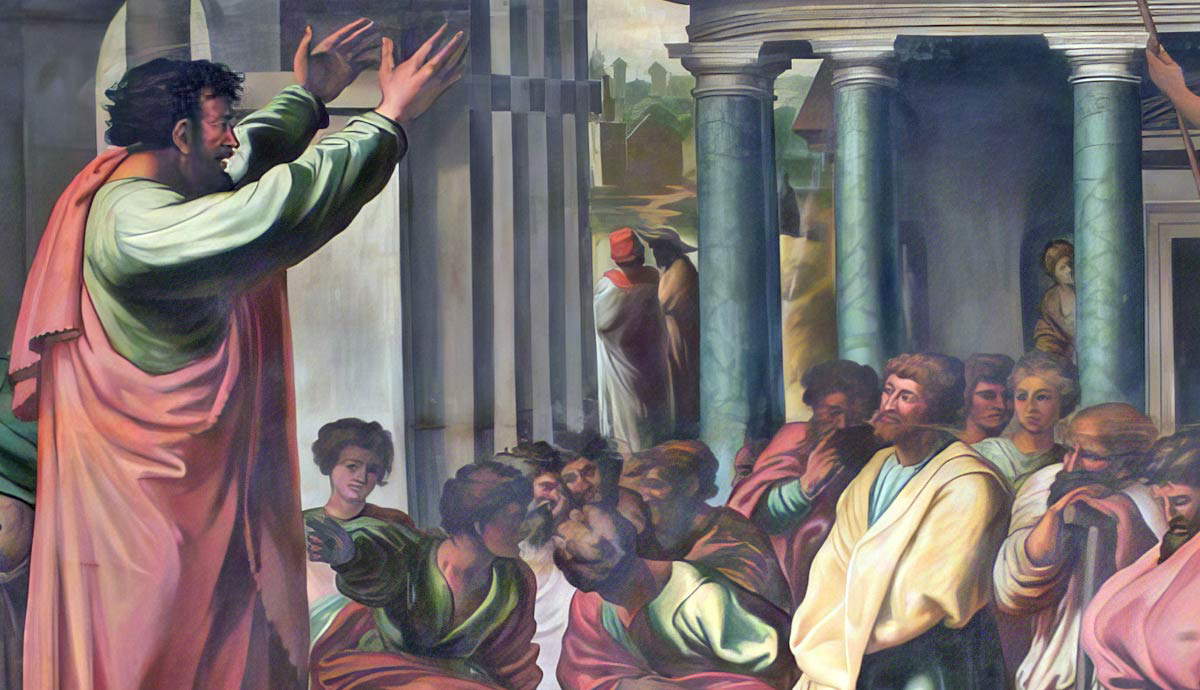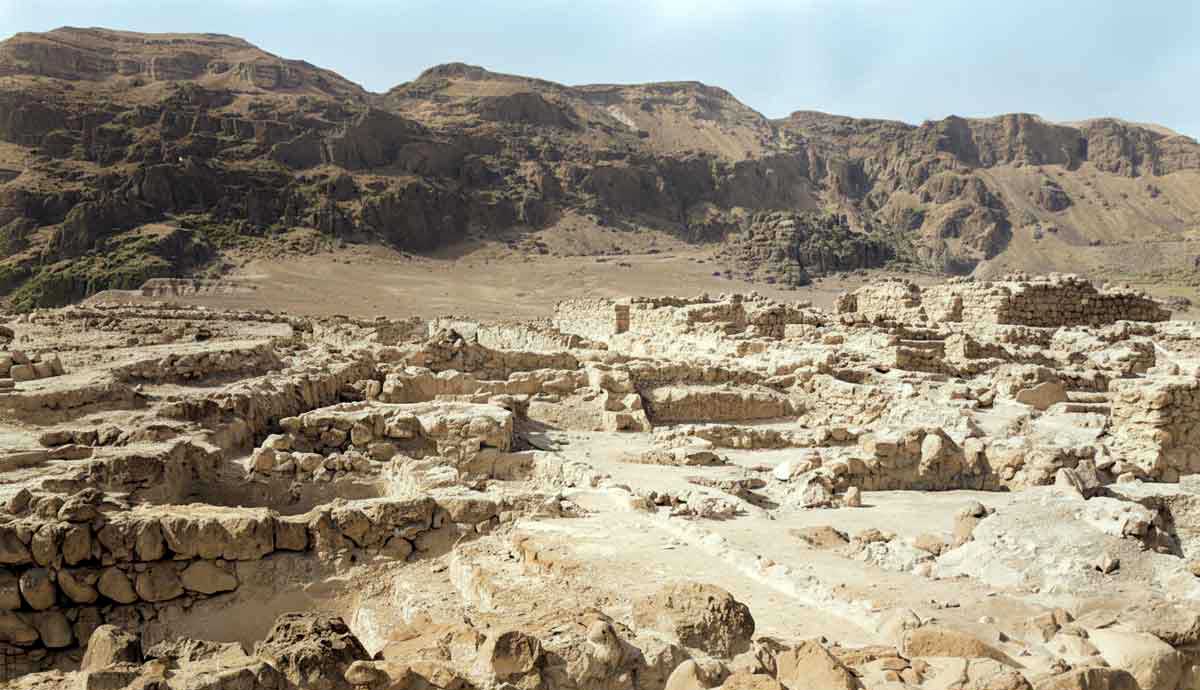
The behemoth of Job 40 is enigmatic in that each theory on its identity faces valid criticism. The description provided in the text resulted in scholars suggesting a variety of animals, but each suggestion faces serious criticism. The context of Job 40 may contribute to our identification of this creature. To some extent, an unscientific timeline discredits the identification that best suits the biblical description of physical features. Some groups within multiple denominational affiliations believe that it is viable to identify the behemoth as a prehistoric beast. So, what was the behemoth?
Description of Behemoth

Job 40:15-18 describes the diet and physical attributes of the behemoth. A herbivore with strong muscles in its loins and belly, a tail like a cedar, and notable sinews in its thighs. The Bible compares its bones to “tubes of bronze” and its limbs to “bars of iron.” Considering that the Book of Job is one of the oldest books in the Bible, the intent was clearly to describe a massive, strong, impressive animal known when the story of Job originated.
Job 20-23 describes the habitat associated with the behemoth. It is a watery environment, with reeds and marshes, suggesting an amphibious creature. The text mentions a river and specifies the Jordan, and trees like the willow that grow in water-rich environments. The lotus tree, which the text refers to, was well-known in Greek mythology, with The Odyssey as a prime example. This tree in the biblical context is ambiguous, and scholars point to various plants, from small, thorny shrubs to poplar trees, in their analysis. It is unlikely to have any connection with the lotus flower that grows in water, since that plant is not a tree.
Job 40:23 suggests that a behemoth is of such stature that water rushing down a river does not frighten or intimidate it. This beast must be of considerable stature for this statement to be true, or it was a hyperbole. The context in which we encounter the behemoth may contribute to our understanding of this beast and may assist us in identifying it.
Purpose of Mentioning Behemoth

The Book of Job starts with a confrontation between God and Satan, where the latter claims that Job only worships God for the benefits he received, and that his faith would fail should he face trials (Job 1 and 2). God allowed Satan to inflict certain misfortunes on Job to prove his point. When Job lost his children and riches, his faith remained strong. When Satan then afflicted Job with physical ailments, it sparked a series of conversations between Job and three of his friends. Job decried apparent apathy and the absence of God, not knowing the reason for his suffering.
Eventually, God responded to Job, showing him his limited knowledge and insight into what was happening. When God answered, he highlighted parts of creation and asked Job questions about it. These questions were intentional, aiming to help Job understand his place in the greater scheme of things.
God prepared Job for the intensity of what was about to come and declared the man’s perspective did not cast light on core issues or contribute to understanding, saying: “Who is this that darkens counsel by words without knowledge? Dress for action like a man; I will question you, and you make it known to me” (Job 38:2-3).
The first series of questions God asked focused on the grandeur and mysteries of creation. The questions set the tone: “Where were you when I laid the foundation of the earth? Tell me, if you have understanding. Who determined its measurements—surely you know! Or who stretched the line upon it?” (Job 38:4-5). God expanded on these questions that highlighted human absence during the creation process and their limited knowledge about the structure and order of the universe (Job 38:5-21).
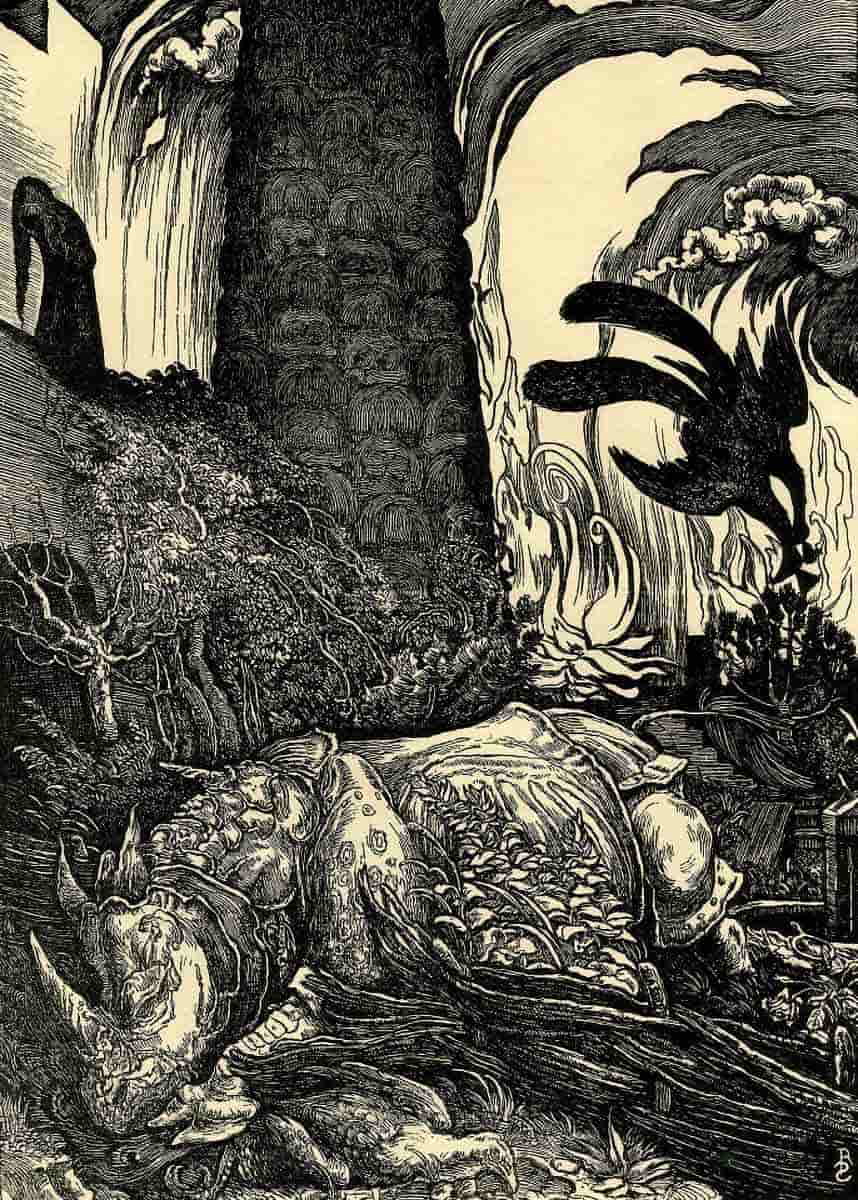
The questioning then moved to natural weather phenomena and observable constellations. These questions touched on the boundaries of the oceans, light, darkness, and weather conditions like snow, hail, wind, rain, thunder, and lightning (Job 38:22-38). Job 38:39-39:30 dealt with a variety of creatures from the animal kingdom. This line of questioning set the stage for the culmination of God’s argument, highlighting two enigmatic beasts, the behemoth and the leviathan. As the culmination of a series of questions about the creatures God had made, he described the animal he created as “first of the works of God.” This reference was not to the first in order. Rather, it is the first in prominence, the most impressive, the one that displays the glory of the Creator the best with its magnificence.
So, which animal would that be?
Contenders for Behemoth
The Rhinoceros
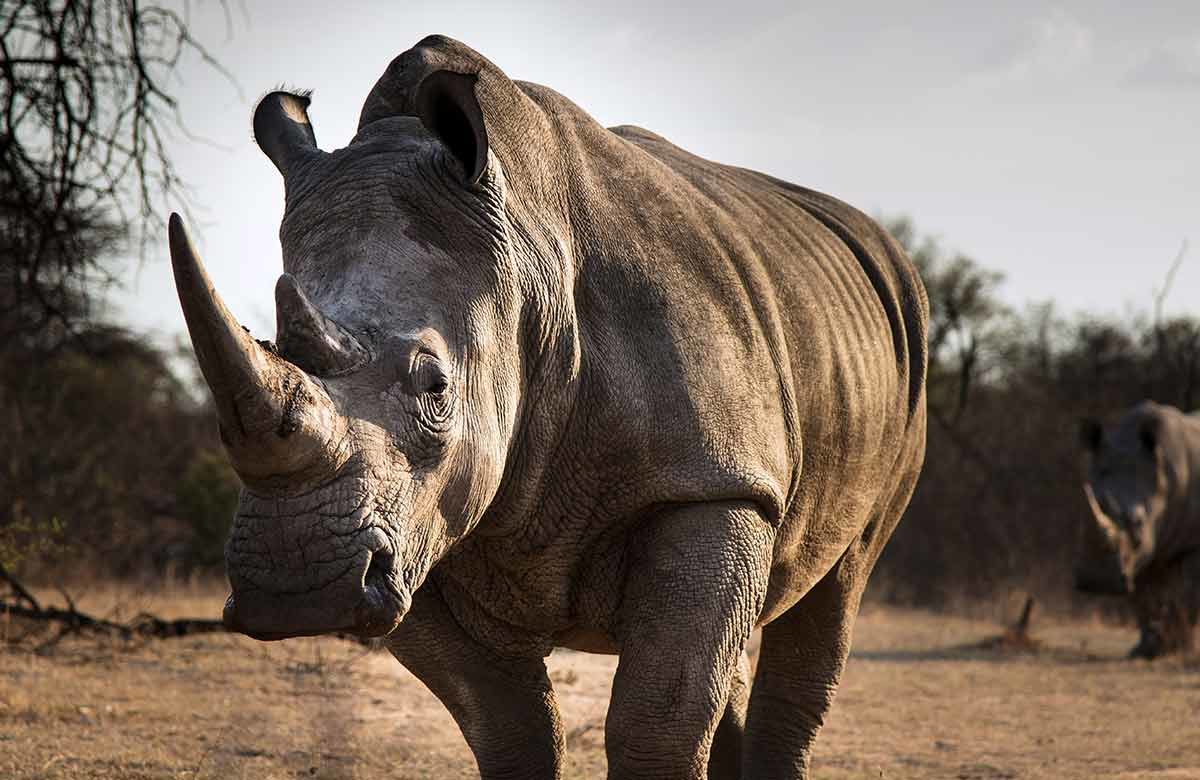
The rhinoceros is a strong, tough animal, well-known in the ancient Near East. It has a robust frame with an intimidating horn and is a herbivore. Few scholars, however, hold to this view since the rhinoceros is not an amphibious creature, nor does it have a tail like a cedar. Instead, it tends to spend most of its time out of the water, only seeking it out sporadically to refresh itself, and its tail is small and unimpressive.
The Rhinoceros does not qualify as “first of the works of God.” Several other animals are comparable to or more imposing than the rhinoceros. Among them are the hippopotamus and the elephant. The latter is considerably more impressive and much stronger. The rhinoceros lacks too many criteria to be a serious contender for behemoth status. The elephant would also not qualify as the behemoth due to its lack of a watery habitat and small, floppy tail.
The Hippopotamus

The most prevailing identification of a behemoth is the hippopotamus. This beast is known for its strength, is an herbivore, and is amphibious, often seen in marshes, rivers, or lakes. Their diet is like that of an ox, meeting the textual criteria, which include grasses and aquatic plants. The hippo is muscular and immensely strong, with surprising agility and speed in the water. The Egyptians, who had a significant cultural influence on Israel, revered and feared these beasts. It is reasonable to assume the people of the ancient Near East would have known of hippos even if they did not see them for themselves.
The Egyptians kept Hippos in menageries, which may eliminate them from contention as a behemoth. Job 40:24 suggests that the behemoth could not be caught or kept. The hippo, like the rhino, does not have a tail like a cedar.
An Extinct Megafauna
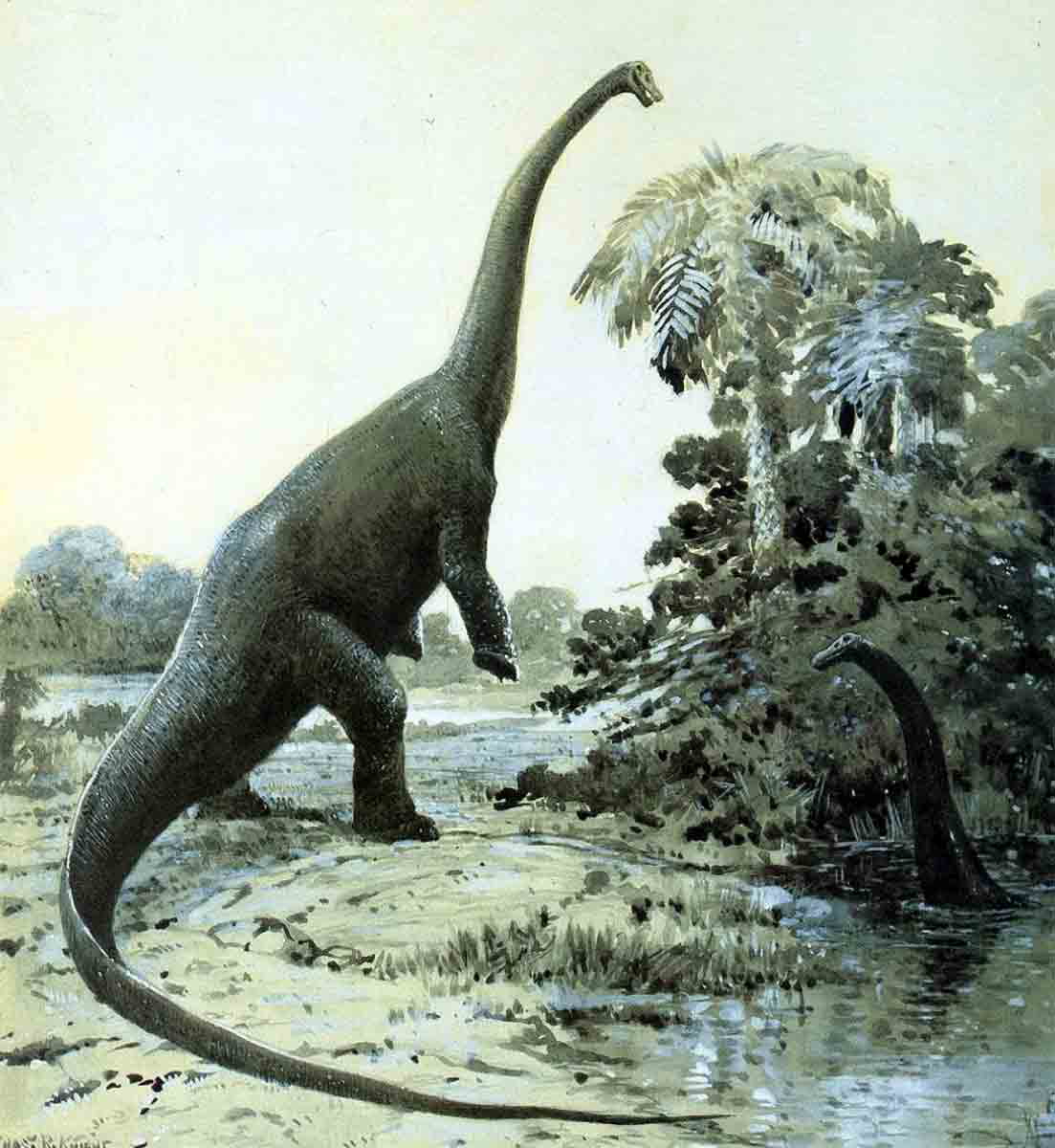
Christians who subscribe to the young-earth theory have additional options for the behemoth. Since they believe humans and dinosaurs roamed the Earth at the same time at some point since creation, they often suggest that the behemoth could have been a sauropod dinosaur like an Argentinosaurus, a Brontosaurus, or a Diplodocus. These beasts were some of the largest animals ever to walk the earth. They were herbivores and had extremely strong stomach muscles and loins, with some allegedly able to stand on their hind legs. Their tails fit the description of a cedar, and taming or keeping one of them seems like an impossibility. The fossilized bones of these animals may fit the biblical description well from the perspective of those who subscribe to a young earth.
They would likely withstand rushing water better than the other animals, contending as behemoths. The largest of these, the Argentinosaurus, would qualify as “first of the works of God.”
Critics point out that no scientific evidence exists that humans and dinosaurs walked the Earth simultaneously. For the interaction between God and Job to make sense, the behemoth must have been an animal known to him. In addition, there is no evidence that sauropod dinosaurs were amphibious.
A Mythical Creature
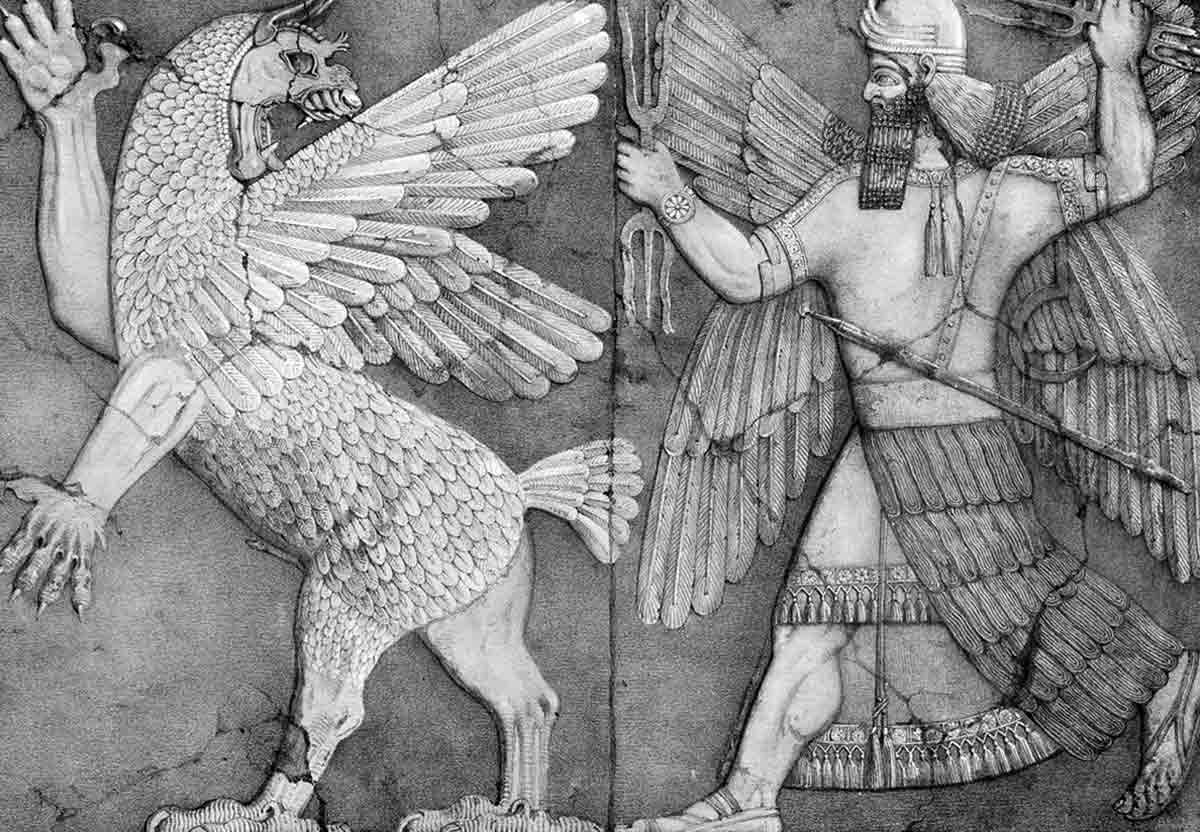
Some scholars claim that the behemoth is a mythical beast, citing the lack of an animal that satisfies the physical features, habitat, or scientific viability among the former proposals. They prioritize theological significance over zoological features. In their view, a mythical creature, like one of the chaos monsters of Near Eastern cultures, would solve the problem.
In ancient Near Eastern Culture, creatures like Yam, Tiamat, and Lotus were well known. Yam was the Canaanite deity of the sea in Ugaritic mythology. Tiamat was the chaos monster of Mesopotamian and Babylonian mythology, killed by Baal according to the Enuma Elish. Egyptian mythology refers to the Lotus, and they associated this creature with creation and rebirth.
Like the young earth view, criticism of this view revolves around the idea that the behemoth would be an animal known to Job. From the description, the behemoth does not seem like a fictional or mythological creature, especially not in light of being “first of the works of God.”
What exactly the behemoth was remains unclear. Each of the creatures in contention lacks one or more of the criteria. It is, however, possible that there was an animal unknown to us today that did meet all the criteria but went extinct at some time. Still, God‘s message to Job does not hinge on the contemporary identification of the behemoth. Identifying the behemoth would satisfy curiosity rather than have a significant theological impact on our understanding of the message and purpose of the Book of Job.


